In addition to being the origin of important staple foods that have spread throughout the world, Peru is fertile ground for hundreds of species of edible fruits, some of which you may never have heard of. In this article, we will examine some of these fruits, discuss their gastronomic properties and health benefits, and provide some clues as to where you might be able to try them during your Peru holiday.
Many of Peru’s little known fruits are grown in the Amazon. These exotic fruits have adapted specifically to the jungle in order to survive and propagate, and many are highly perishable and don’t readily thrive in other climatic zones. An example is camu camu, which claims one of the highest Vitamin C contents of any fruits on the planet! This tasty fruit gives a wonderfully tart flavor to refrescos, (a delicious beverage that often accompanies meals), and it is more palatable when combined with other fruits or sweetener. Although camu camu is exported in powdered form, it is nearly impossible to find it in its fresh form anywhere outside of Peru. It is highly perishable and doesn’t travel well, so you’ll need to be sure to sample it fresh during your Peru trip!
Aguaymanto, aka the Peruvian ground cherry, is a member of the nightshade family that also gives us potatoes and tomatoes. It grows encased in a papery husk, which has to be removed, and has a lovely tart/sweet flavor when ripe, slightly reminiscent of a tomato, but both sweeter and tarter. It is high in Vitamins A and C. It grows in the Andes mountains, and is among the fruits that keep well enough to be exported: you may see it in grocery stores in the US when it is in season from May to July. It is also used in preserves, and can sometimes be found as a delightfully surprising fruit additive to chocolate, which contrasts well with the creamy bittersweet flavor of the chocolate.
Another native fruit is the tart maracuyá, one of many types of passion fruit. Maracuya is pronounced with the accent on the last syllable, by the way – like this: Mah-Rah-Coo-Yá. The maracuyá has a semi-hard yellowish rind, which when broken, contains many small seeds surrounded by pulpy orange-colored flesh. Prized as an ingredient in paletas/helados, or popsicles in Peru, it also makes a great topping for cheesecake and is used in beverages and desserts, though is often considered too sour to eat on its own, unsweetened. To eat it raw, break it open and suck out the flesh and seeds. The seeds contain fiber, which is great for digestion, as well as polyphenols, which studies demonstrate may play a role in preventing degenerative diseases in the body, such as heart disease and cancer. A supplement made from the peel is currently under study for its anti-inflammatory effects on the body. It is also high in Vitamin A and potassium, and grows in Peru’s tropical regions.
The lúcuma, or egg fruit, is a fruit with a dark green skin that is fairly ugly when ripe, belying the deliciousness underneath. The golden orange colored flesh has a creamy, custard-like consistency and a rich, delicate flavor that’s reminiscent of a caramelly, mapley sweet potato. It makes an excellent first food for babies, as it’s soft, tasty, and easy to digest. In the past few years, it has been marketed in powdered form as a low-glycemic sweetener and sugar substitute. Lúcuma grows in the valleys of the Peruvian Andes, and legend has it that this is a great fruit for women to consume as an aid to fertility.
Depending on the time of year you take your Peru holiday, you may be able to sample each of these fruits on a trip to San Pedro Market in Cusco. You can also try them in liquid form in a batido, or shake, which you can order from one of the many juice stands you’ll find at San Pedro Market in Cusco, Surquillo Market #2 in Lima, or at Pisac Market in the Sacred Valley.

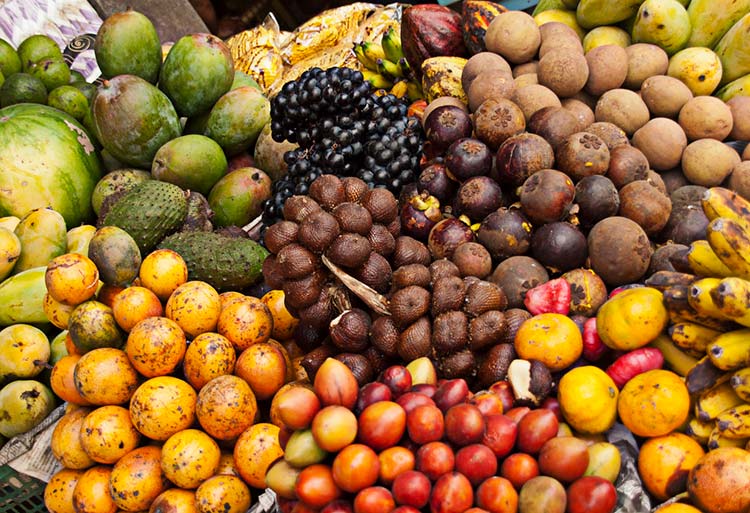
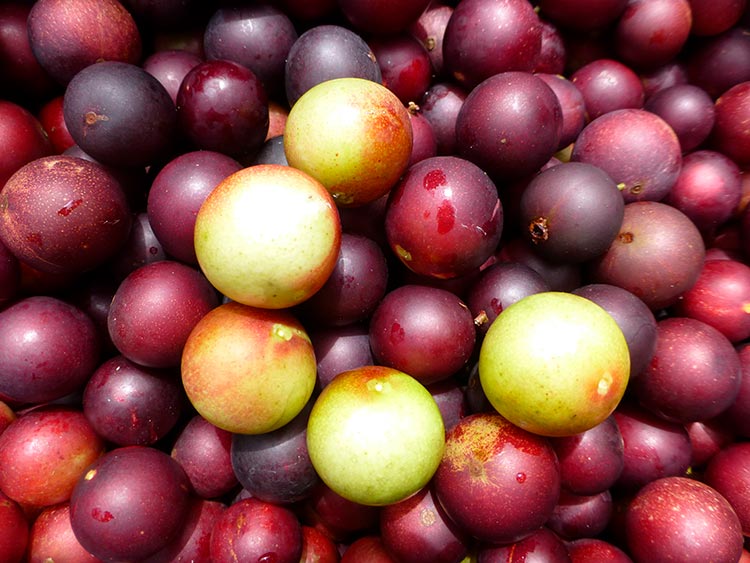
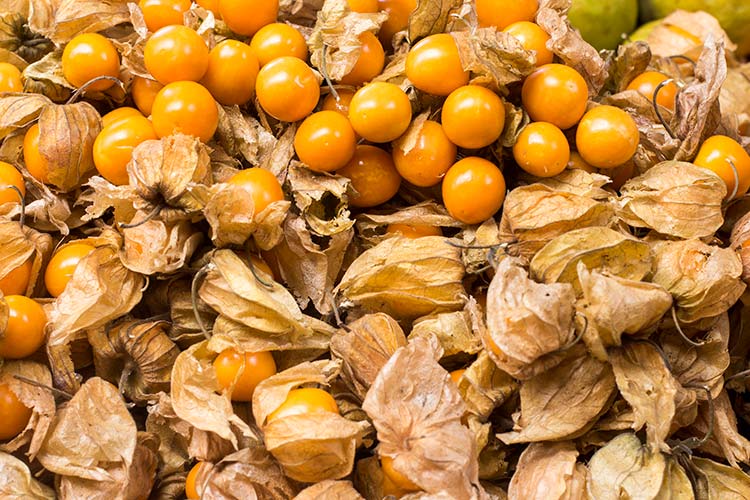
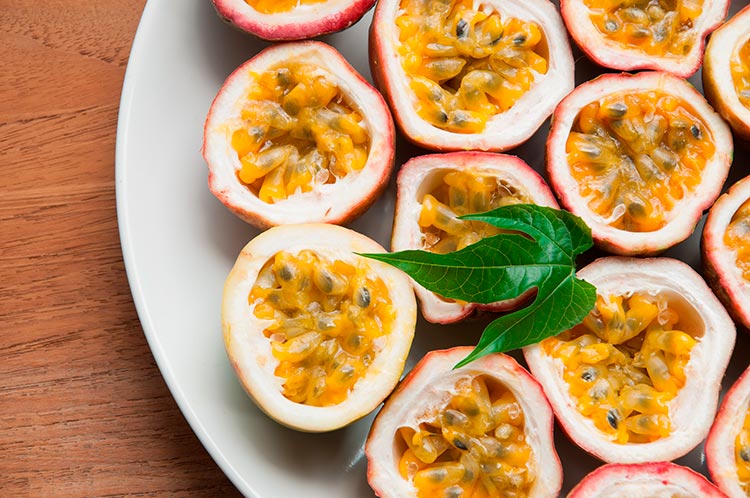
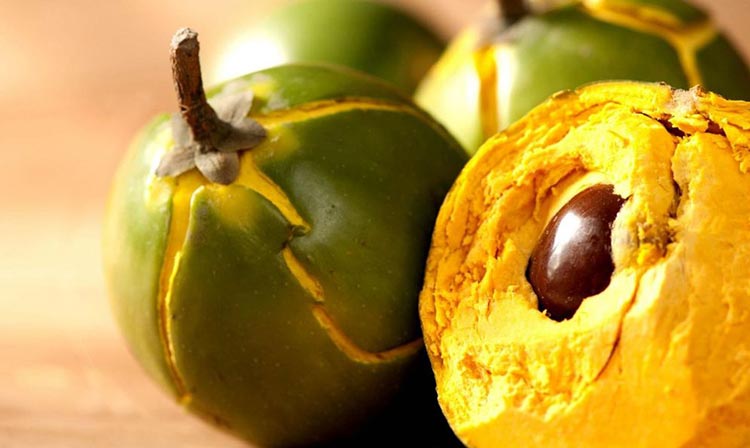




Leave a Comment